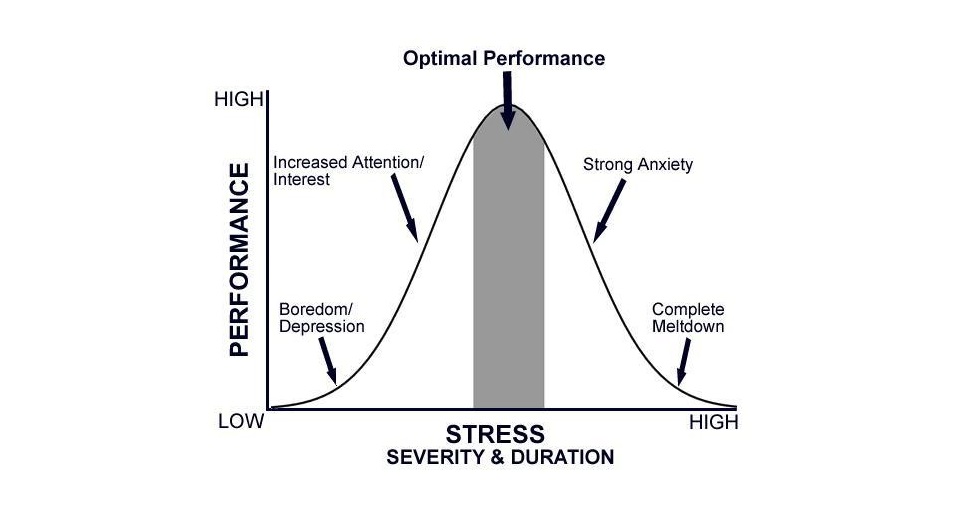 English available languages
English available languages
Children who grow up in high-stress environments may be at higher risk for learning or behavioral trouble, but new research suggests that their skills warrant more attention. Stress-adapted youth may possess traits—such as heightened vigilance, attention shifting, and empathic accuracy—that traditional learning and testing situations don’t tap into. These skills may actually allow at-risk children to perform better than their peers from low-risk backgrounds when faced with uncertainty and stress.
Having a better understanding of those stress-adapted skills could help educators and other experts work with children and adults who have grown up in stressful circumstances more successfully, says Jean Marie Bianchi, a psychology lecturer at the University of Arizona and coauthor of the paper in Perspectives on Psychological Science.
“Once we are able to catalog the psychological advantages that are promoted by stressful early life conditions, we may be able to apply that to how we teach, from preschool through college, making learning more effective for individuals from different backgrounds.”

Existing research shows that the more stressors children are exposed to, the more their performance in traditional learning and testing situations is compromised. Those stressors might include things such as neighborhood danger, food insecurity, exposure to environmental chemicals, bad housing conditions, neglectful or abusive parenting, low-quality child care, and peer or school violence.
While the detrimental effects of growing up in a high-stress environment are real and well-documented, they represent only part of the picture, says lead author Bruce J. Ellis, a University of Utah psychology professor.
“…the dominant approach assumes at-risk youth are somehow broken and need to be fixed.”
“The other part is that children fine-tune their abilities to match the world that they grow up in, which can result in enhanced stress-adapted skills. We’re trying to challenge a world view and give consideration to an alternative adaptation-based approach to resilience.”
The prevailing idea is that interventions are needed to prevent, reduce, or repair the damage done to children who have grown up in high-stress situations. Most interventions are aimed at countering these deficits and getting “children and youth from high-risk backgrounds to act, think, and feel more like children and youth from low-risk backgrounds,” the authors write. In other words, the dominant approach assumes at-risk youth are somehow broken and need to be fixed.
“Our argument is that stress does not so much impair development as direct or regulate it toward these strategies that are adaptive under stressful conditions,” Ellis says. “Stress-adapted children and youth may perform better on tasks that involve situations and relationships that are relevant to them, such as social dominance. They also may perform better in settings that do not attempt to minimize the reality of daily stressors and uncertainties.”
There are several instances of studies with animals that show that developmental exposure to stress can improve forms of attention, perception, learning, memory, and problem solving.
“It was so fascinating when we looked at the animal literature, there is actually a large body of research that supports the idea that stressful and chaotic environments can enhance certain skills,”
Bianchi says.
Why growing up in a high-stress environment could tap into hidden skills https://t.co/eQskrybWTL pic.twitter.com/4rXhkeovKM
— World Economic Forum (@wef) September 11, 2017
Source: WEF
 English available languages
English available languages
